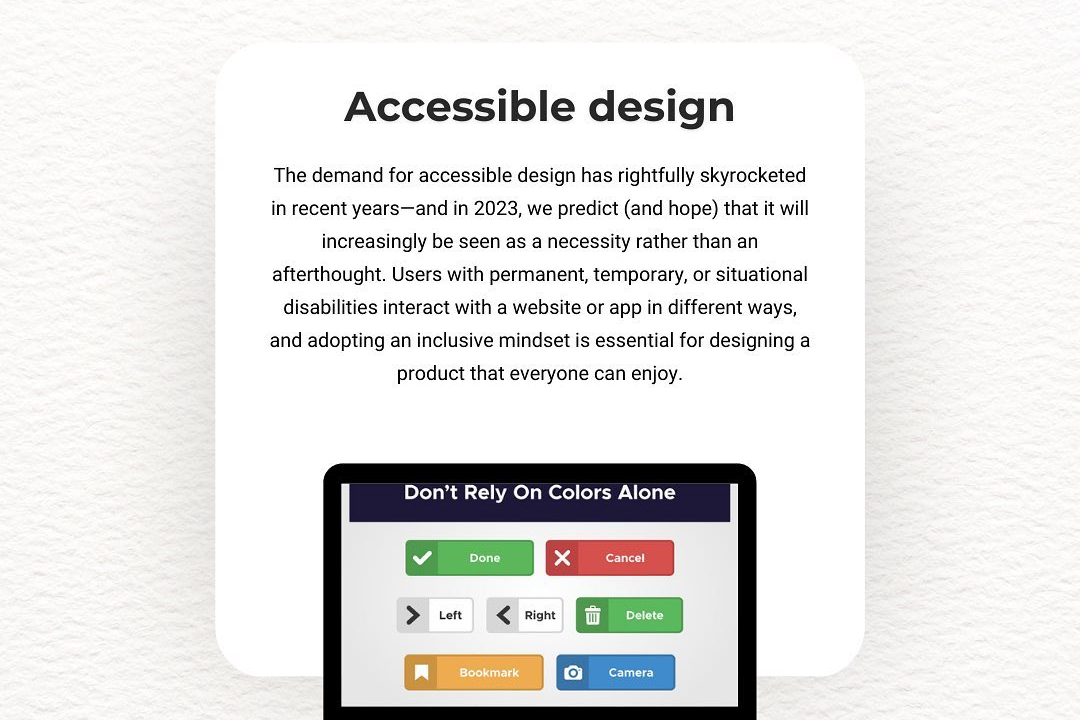Flutter User Experience Metrics And KPIs
Optimizing User Experience in Flutter: Key Metrics and KPIs
Flutter User Experience Metrics And KPIs
Flutter user experience metrics and key performance indicators (KPIs) are essential for evaluating the performance and engagement of applications built using the Flutter framework. These metrics often include app load times, frame rendering performance, and user interaction responsiveness, which directly influence overall user satisfaction. Additionally, KPIs like session duration, user retention rates, and conversion rates are crucial for assessing the effectiveness of the app in achieving its goals. Flutter's integration with tools like Firebase Performance Monitoring and Google Analytics allows developers to gather detailed insights into user behavior and performance bottlenecks, facilitating data-driven decisions to enhance the user experience and optimize the application for better engagement and satisfaction.
To Download Our Brochure: https://www.justacademy.co/download-brochure-for-free
Message us for more information: +91 9987184296
1 - App Load Time
Measures how long it takes for the app to become interactive after launching. A lower load time improves user retention and satisfaction.
2) User Retention Rate
The percentage of users who return to use the app after the first day, week, or month. High retention indicates that users find value in the app.
3) Session Length
Measures the average duration of user sessions in the app. Longer sessions can indicate better engagement and content relevance.
4) Active Users
The count of unique users engaging with the app over a specific time frame, commonly categorized as Daily Active Users (DAU) and Monthly Active Users (MAU).
5) User Churn Rate
The percentage of users who stop using the app over a period. Understanding this helps identify issues within the app that may need addressing.
6) Conversion Rate
The percentage of users completing desired actions (e.g., signing up, making purchases). This metric can inform the effectiveness of the app in meeting business goals.
7) Crash Rate
Measures the frequency of application crashes. A low crash rate is crucial for a stable user experience.
8) Error Rate
The percentage of user interactions that result in errors. Lower error rates indicate a more user friendly application.
9) Page Load Time
Specifically for apps with multiple screens, this measures how long it takes to load different pages or components. Faster page loads enhance usability.
10) User Feedback Rating
Average ratings or feedback collected from users regarding their experience. This can reveal strengths and weaknesses in the app's user interface and experience.
11) Task Success Rate
The percentage of tasks completed successfully using the app, which reflects the app’s usability and effectiveness in helping users achieve their goals.
12) Usability Test Scores
Ratings obtained from structured usability tests. This can include measures like the System Usability Scale (SUS) to determine user satisfaction with the app's interface.
13) Time on Task
Measures how long it takes users to complete specific tasks within the app. This helps identify areas where users may struggle and where improvements are needed.
14) Engagement Metrics
Includes interactions per session, such as screen taps, swipes, and scrolls. High engagement can indicate an engaging app, while healthy levels of engagement should be sustained.
15) User Acquisition Cost (UAC)
The cost incurred to acquire a new user. Understanding this KPI helps to assess the effectiveness of marketing strategies in bringing users to the app.
16) Net Promoter Score (NPS)
A metric that gauges user loyalty by asking how likely users are to recommend the app to others. A high NPS indicates strong user satisfaction.
17) Load Performance
Measures how the app performs under different conditions, such as varying network speeds. Good performance ensures a consistent user experience.
18) Feature Adoption Rate
The percentage of users that start using a new feature after it is released. High adoption suggests that users find the feature valuable.
These metrics and KPIs can be crucial for students to understand when developing Flutter applications, as they help in evaluating user experience and overall app performance. Incorporating these into training will give students the tools to better analyze and enhance their mobile applications.
Browse our course links : https://www.justacademy.co/all-courses
To Join our FREE DEMO Session: Click Here
Contact Us for more info:
Android Programming Workshops Kanchipuram
Java EE Training Mumbai
iOS Classes in Pune
Android Skills Workshops Hassan
pmp certification cost in mumbai











